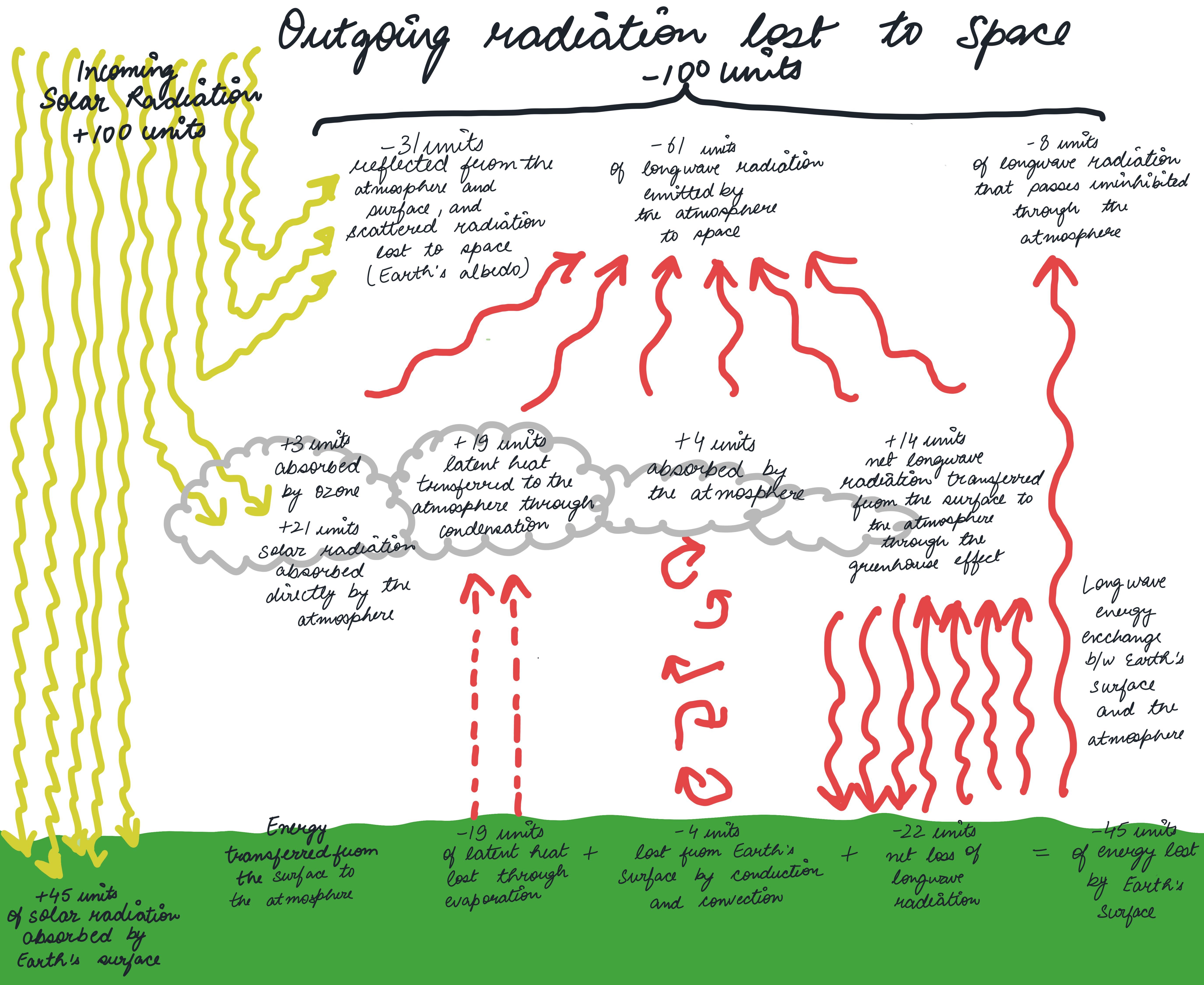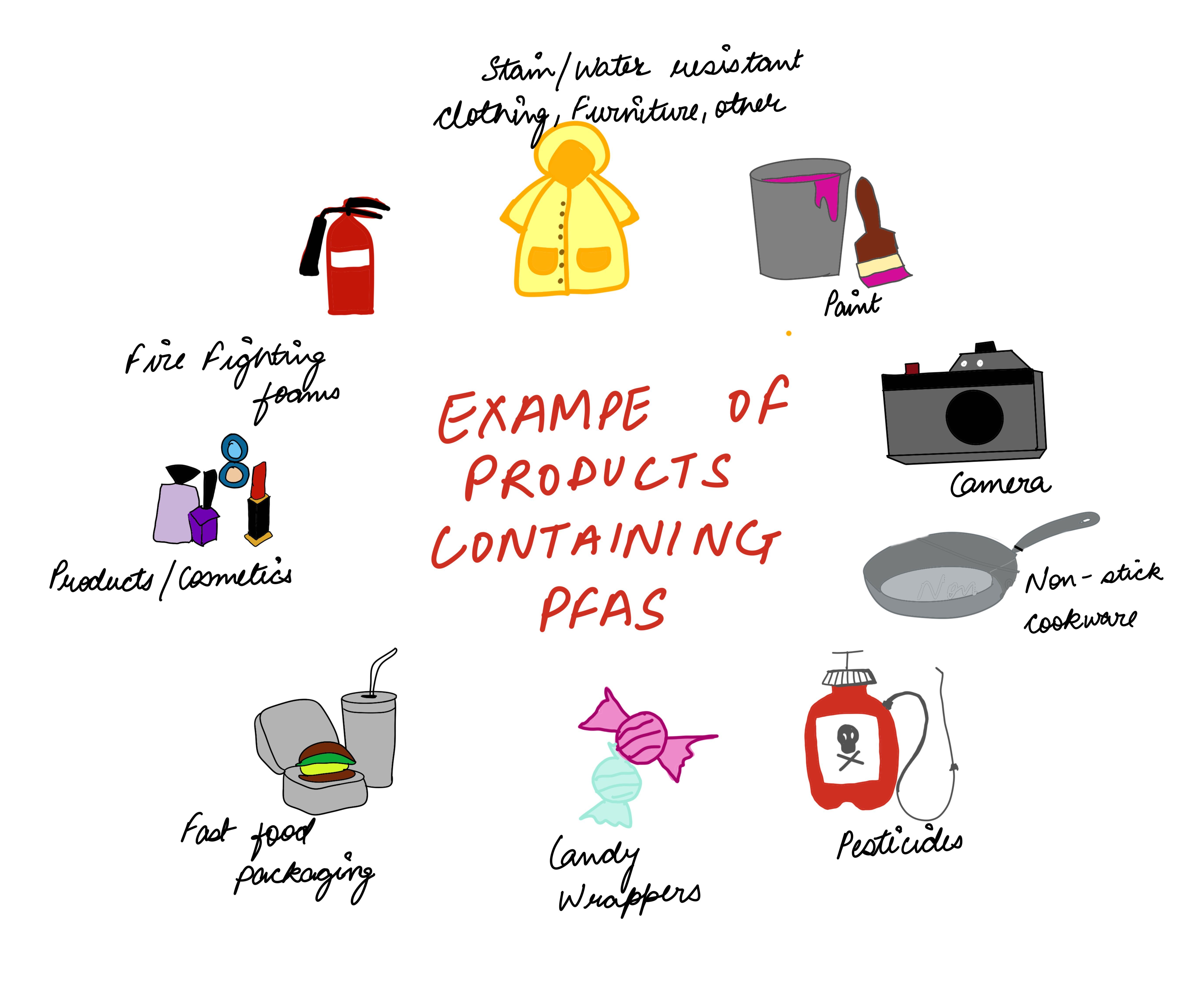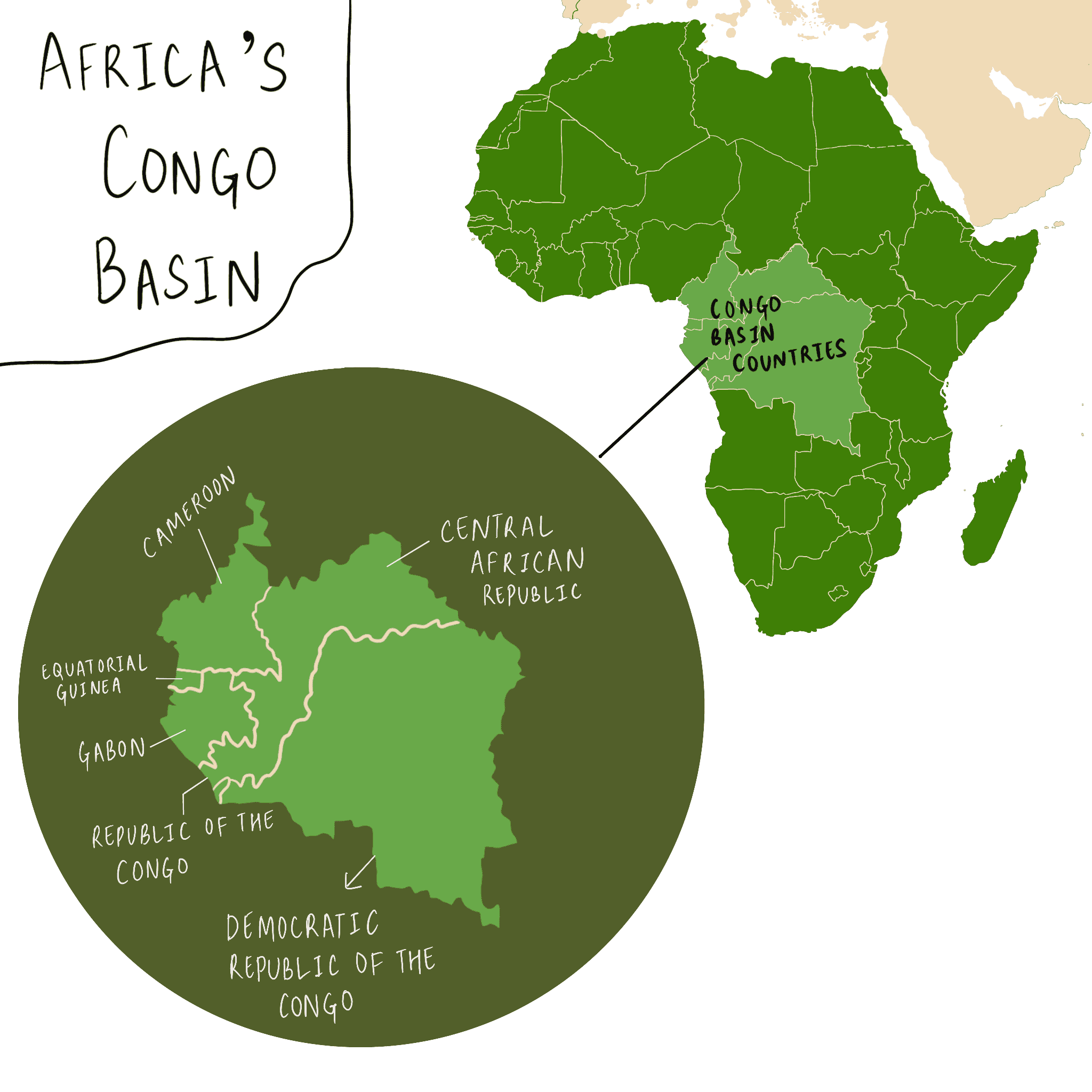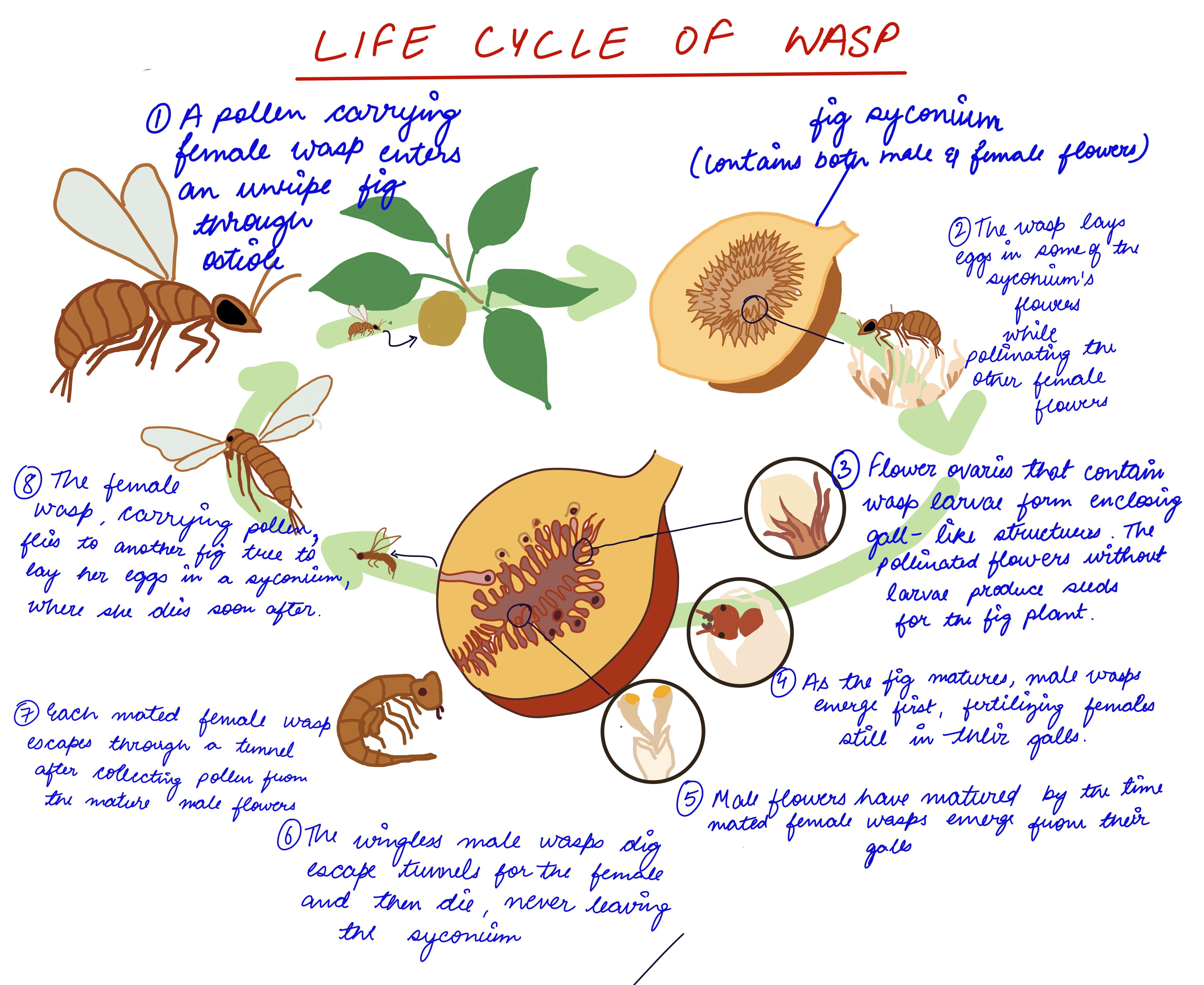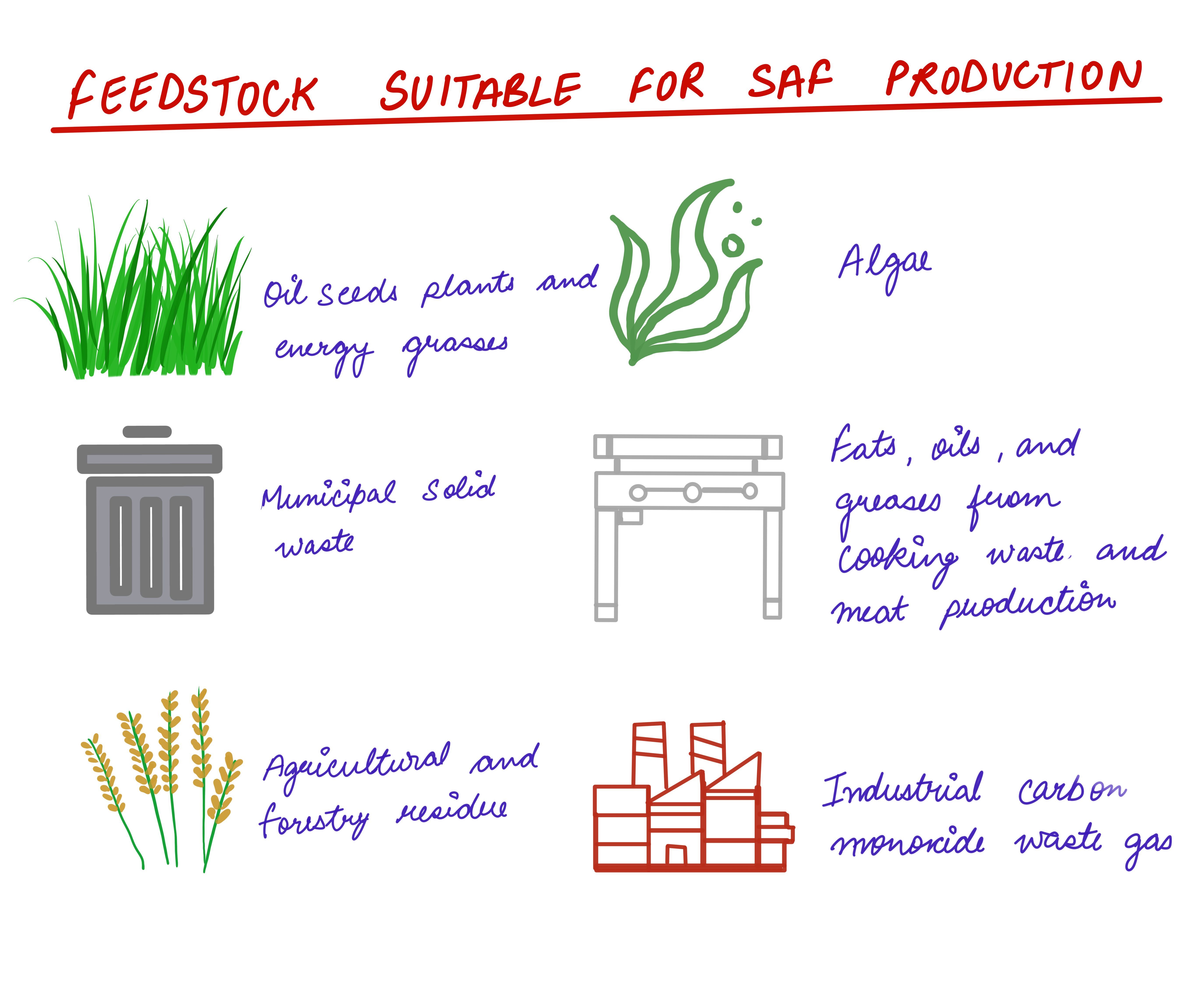UPSC Prelims 2024 Analysis
Subject-Wise MCQ Distribution
- Polity: High representation with 15-20 questions, focusing on constitutional articles, governance, and recent amendments. Analytical abilities were essential to tackle assertion-based and statement-type questions.
- Economy: Approximately 12-15 questions, heavily tilted towards current economic developments, policies, and budget-related topics. A mix of static concepts from NCERT and dynamic updates was necessary.
- Environment & Ecology: 18-20 questions, with a strong emphasis on climate change, international agreements, and conservation efforts. Match the following questions played a significant role in this section.
- History: 12-14 questions, balanced between ancient, medieval, and modern, with increasing weightage on cultural aspects. Many questions required a combination of NCERT knowledge and historical maps for better context.
- Geography: 10-12 questions, mostly applied concepts like map-based and environmental geography questions.
- Science & Technology: 8-10 questions, leaning towards application-based knowledge on recent innovations and space technology.
- Current Affairs: 15-18 questions, interwoven with other subjects, often requiring assertion-reasoning skills to connect facts.

Difficulty Analysis
- Easy: ~30% of questions were straightforward and could be attempted with basic NCERT knowledge.
- Moderate: ~50% required analytical abilities, conceptual clarity, and elimination tactics.
- Difficult: ~20% were tricky, involving multi-layered reasoning or obscure facts.

Variations in Question Framing
- Statement-based MCQs: 60% of questions were framed in a two-statement or three-statement format, testing comprehension, elimination skills, and analytical abilities.
- Assertion-Reasoning: 13% of the questions assessed logical connections between concepts, requiring critical thinking.
- Match the Following: 10% of the questions required mapping terms with their definitions, locations, or features, particularly in Geography and Environment.
- Standalone Questions: 25% were direct, fact-based questions, but even these often required cross-referencing with maps or historical events.
- Notably, in 2024, UPSC introduced three-column Match the Following MCQs, increasing question complexity and demanding better comprehension skills.

Key Learnings for Future Preparation
- Integrated Approach: Focus on interlinking static NCERT subjects with current affairs, as many questions have contextual relevance.
- Master the Basics: A strong foundation in NCERTs is crucial for tackling conceptual questions, especially in Polity, History, and Geography.
- Develop Analytical Abilities: Statement-based and assertion-reasoning questions require critical thinking and elimination tactics.
- Focus on Trends: Emphasize high-yield topics like Environment, Economy, and Current Affairs to maximize scoring potential.
- Revise Maps and Schematics: Geography and Environmental questions often require map-based knowledge and spatial reasoning to answer correctly.
Subject-Wise Answer Key
QUESTION 1
Medium
Environment & Ecology
Prelims 2024
Consider the following statements:
Statement-I: The Indian Flying Fox is placed under the "vermin" category in the Wild Life (Protection) Act, 1972. Statement-II: The Indian Flying Fox feeds on the blood of other animals.
Which one of the following is correct in respect of the above statements?
A. Both Statement-I and Statement-II are correct and Statement-II explains Statement-I
B. Both Statement-I and Statement-II are correct, but Statement-II does not explain Statement-I
C. Statement-I is correct, but Statement-II is incorrect
D. Statement-I is incorrect, but Statement-II is correct
QUESTION 2
Easy
Environment & Ecology
Prelims 2024
Consider the following:
- Butterflies
- Fish
- Frogs
How many of the above have poisonous species among them?
A. Only one
B. Only two
C. All three
D. None
QUESTION 3
Easy
Environment & Ecology
Prelims 2024
Consider the following statements :
- Lions do not have a particular breeding season.
- Unlike most other big cats, cheetahs do not roar.
- Unlike male lions, male leopards do not proclaim their territory by scent marking.
Which of the statements given above are correct?
A. 1 and 2 only
B. 2 and 3 only
C. 1 and 3 only
D. 1, 2 and 3
QUESTION 4
Easy
Environment & Ecology
Prelims 2024
Consider the following statements:
Statement-I: The atmosphere is heated more by incoming solar radiation than by terrestrial radiation. Statement-II: Carbon dioxide and other greenhouse gases in the atmosphere are good absorbers of long wave radiation.
Which one of the following is correct in respect of the above statements?
A. Both Statement-I and Statement-II are correct and Statement-II explains Statement-I
B. Both Statement-I and Statement-II are correct, but Statement-II does not explain Statement-I
C. Statement-I is correct, but Statement-II is incorrect
D. Statement-I is incorrect, but Statement-II is correct
QUESTION 5
Easy
Environment & Ecology
Prelims 2024
"Membrane Bioreactors" are often discussed in the context of:
A. Assisted reproductive technologies
B. Drug delivery nanotechnologies
C. Vaccine production technologies
D. Wastewater treatment technologies
QUESTION 6
Easy
Environment & Ecology
Prelims 2024
According to the Environmental Protection Agency (EPA), which one of the following is the largest source of sulphur dioxide emissions?
A. Locomotives using fossil fuels
B. Ships using fossil fuels
C. Extraction of metals from ores
D. Power plants using fossil fuels
QUESTION 7
Hard
Environment & Ecology
Prelims 2024
Consider the following:
- Carabid beetles
- Centipedes
- Flies
- Termites
- Wasps
Parasitoid species are found in how many of the above kind of organisms?
A. Only two
B. Only three
C. Only four
D. All five
QUESTION 8
Easy
Environment & Ecology
Prelims 2024
With reference to perfluoroalkyl and polyfluoroalkyl substances (PFAS) that are used in making many consumer products, consider the following statements :
- PFAS are found to be widespread in drinking water, food and food packaging materials.
- PFAS are not easily degraded in the environment.
- Persistent exposure to PFAS can lead to bioaccumulation in animal bodies.
Which of the statements given above are correct?
A. 1 and 2 only
B. 2 and 3 only
C. 1 and 3 only
D. 1, 2 and 3
QUESTION 9
Medium
Environment & Ecology
Prelims 2024
One of the following regions has the world's largest tropical peatland, which holds about three years worth of global carbon emissions from fossil fuels; and the possible destruction of which can exert detrimental effect on the global climate. Which one of the following denotes that region?
A. Amazon Basin
B. Congo Basin
C. Kikori Basin
D. Rio de la Plata Basin
QUESTION 10
Medium
Environment & Ecology
Prelims 2024
Consider the following statements :
Statement-I: Many chewing gums found in the market are considered a source of environmental pollution. Statement-II: Many chewing gums contain plastic as gum base.
Which one of the following is correct in respect of the above statements?
A. Both Statement-I and Statement-II are correct and Statement-II explains Statement-I
B. Both Statement-I and Statement-II are correct, but Statement-II does not explain Statement-I
C. Statement-I is correct, but Statement-II is incorrect
D. Statement-I is incorrect, but Statement-II is correct
QUESTION 11
Easy
Environment & Ecology
Prelims 2024
Which one of the following shows a unique relationship with an insect that has coevolved with it and that is the only insect that can pollinate this tree?
A. Fig
B. Mahua
C. Sandalwood
D. Silk cotton
QUESTION 12
Medium
Environment & Ecology
Prelims 2024
The organisms "Cicada, Froghopper and Pond skater" are:
A. Birds
B. Fish
C. Insects
D. Reptiles
QUESTION 13
Medium
Environment & Ecology
Prelims 2024
Consider the following materials:
- Agricultural residues
- Corn grain
- Wastewater treatment sludge
- Wood mill waste
Which of the above can be used as feedstock for producing Sustainable Aviation Fuel ?
A. 1 and 2 only
B. 3 and 4 only
C. 1, 2, 3 and 4
D. 1, 3 and 4 only
